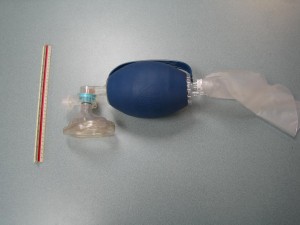Perhaps, the ambulance is the last place you ever want to be in. However, in case of an emergency situation, you would definitely want the ambulance to arrive sooner rather than later.
It’s not uncommon to see the ambulance rushing through the neighborhood or the highway. You can encounter them anytime whenever there is an emergency situation. But have you ever wondered what’s inside the ambulance?
When an ambulance arrives in an emergency situation, it brings a breath of fresh air to the victim, the family and the first aider, if there is any; “fresh air” both in its literal and figurative sense. The ambulance is equipped with medical supplies and devices that are essential in ensuring life. You can find a wide range of medical equipment, usually portable versions of those found in the emergency department, such as oxygen tanks, airway devices, cardiac monitors, emergency medications, IV equipment, and immobilization devices. It is basically an extension of the emergency department and is intended to handle different life-threatening emergencies.
Once the ambulance arrives at the emergency scene, the EMS staff ensures that the scene is safe. Depending on the type of emergency, the driver carefully parks the vehicle at the most proximal distance but that is not on the way of danger. A basic principle in first aid and EMS is to ensure that the responders are safe. Make sure that there are no downed power lines, oncoming traffic, and potential exposure to hazardous compounds.
Since the ambulance responds to a variety of situations, it should also contain supplies to meet the needs of the situation. It should have protective equipment to prevent exposure to hazardous chemicals, nuclear energy, and waste products. In order to extricate victims of a car accident, it should contain power tools and gadgets capable of cutting through metals and other hard materials. Usually, the emergency operator briefs the EMS about the emergency situation before they are dispatched. This way, they can beef up the ambulance with necessary supplies and equipment before they respond to the call for help.
The communication device inside the ambulance plays a critical role in relaying information to the receiving emergency department. It facilitates fast transfer of patients and efficient care.

But more important than the equipment and devices inside the ambulance is the skilled EMS staff. It is essential for the EMS personnel to have necessary skills and training. Before a paramedic is allowed to take part in life-saving missions, he will have to complete extensive training and develop the required skills. These trainings include advanced first aid and advanced cardiac life support, especially intended for healthcare providers. Usually, trainings last for almost 18 months.
Laypeople can actually do so much in emergency situation. They can be of great help even before the ambulance arrives. Taking basic first aid courses can help you handle different emergency situations and increase the chances of survival of the victim.
